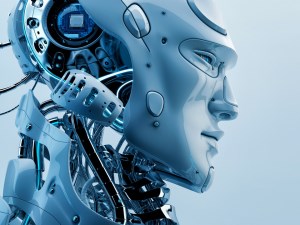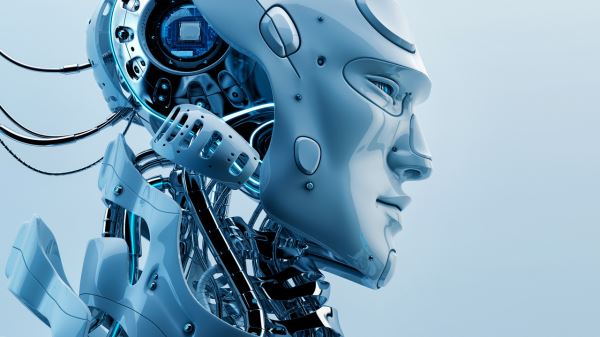A new proposal by members of the world’s largest international law firm would regulate the interactions between human beings and robots.
Victor Naumov and Andrey Neznamov of Denton‘s law firm have developed a proposal for the first international convention on robotics.
“The convention comprises 42 rules regulating people’s relationships in connection with the active development of cyber-physical systems,” the firm announced in a recent media release.
The proposal takes all of the current ideas for regulating human-robot relations, including the 23 Asilomar AI Principles and the European Charter on Robotics, and unites them into a single set of rules to be used as international standards.
The 23 Asilomar AI Principles were developed at a 2017 conference and have been endorsed by scientists and IT leaders across the globe, including Elon Musk and Stephen Hawking.
The conference – and development of the principles – came as a result of a 2015 letter signed by leading voices in high tech calling AI potentially “more dangerous than nuclear weapons.”
International rules
Russia was among the first countries to seek to regulate robotics. Dentons developed that concept draft regulation in December of 2016, commissioned by Grishin Robotics. It was this document that led to the development of the proposal for international rules.
“Dentons lawyers have prepared a single set of rules uniting all of the currently existing approaches to regulating artificial intelligence (AI) and robotics, including the “black box” and the “red button” for robots, problems of security and confidentiality, and identification of robots,” says Dentons.
“They have also generated new proposals to identify a category of higher risk robots and establish the presumption that conscious interaction with AI is dangerous. Furthermore, the convention considers the regulation of AI and military robots, as well as issues of international cooperation in developing robotics in different countries.”
As drones utilize AI and automation to a greater extent, they become “flying robots.”
The capabilities for human benefit are tremendous – but risks and regulation are a natural part of drone tech evolution.
Miriam McNabb is the Editor-in-Chief of Drone Life


